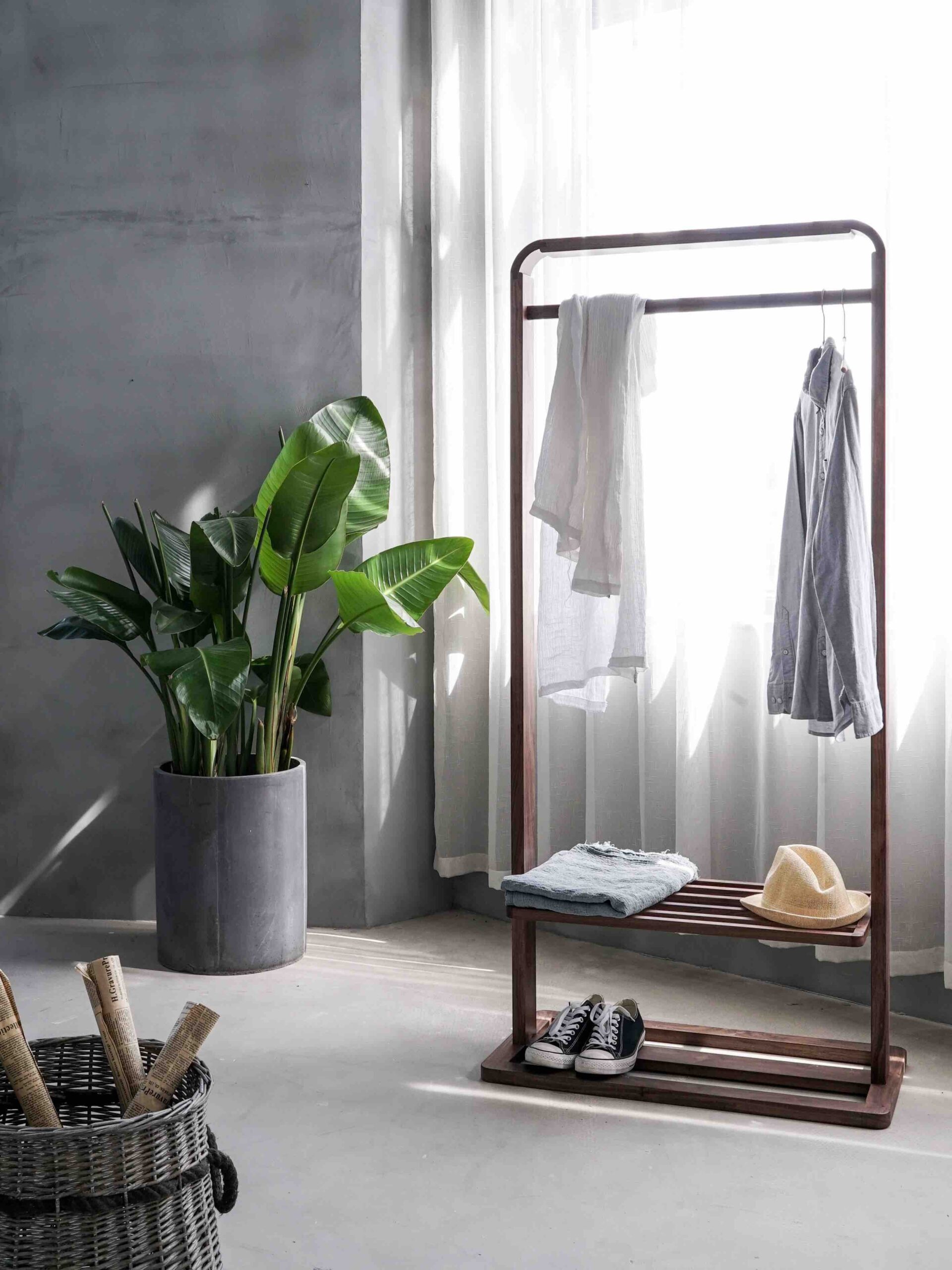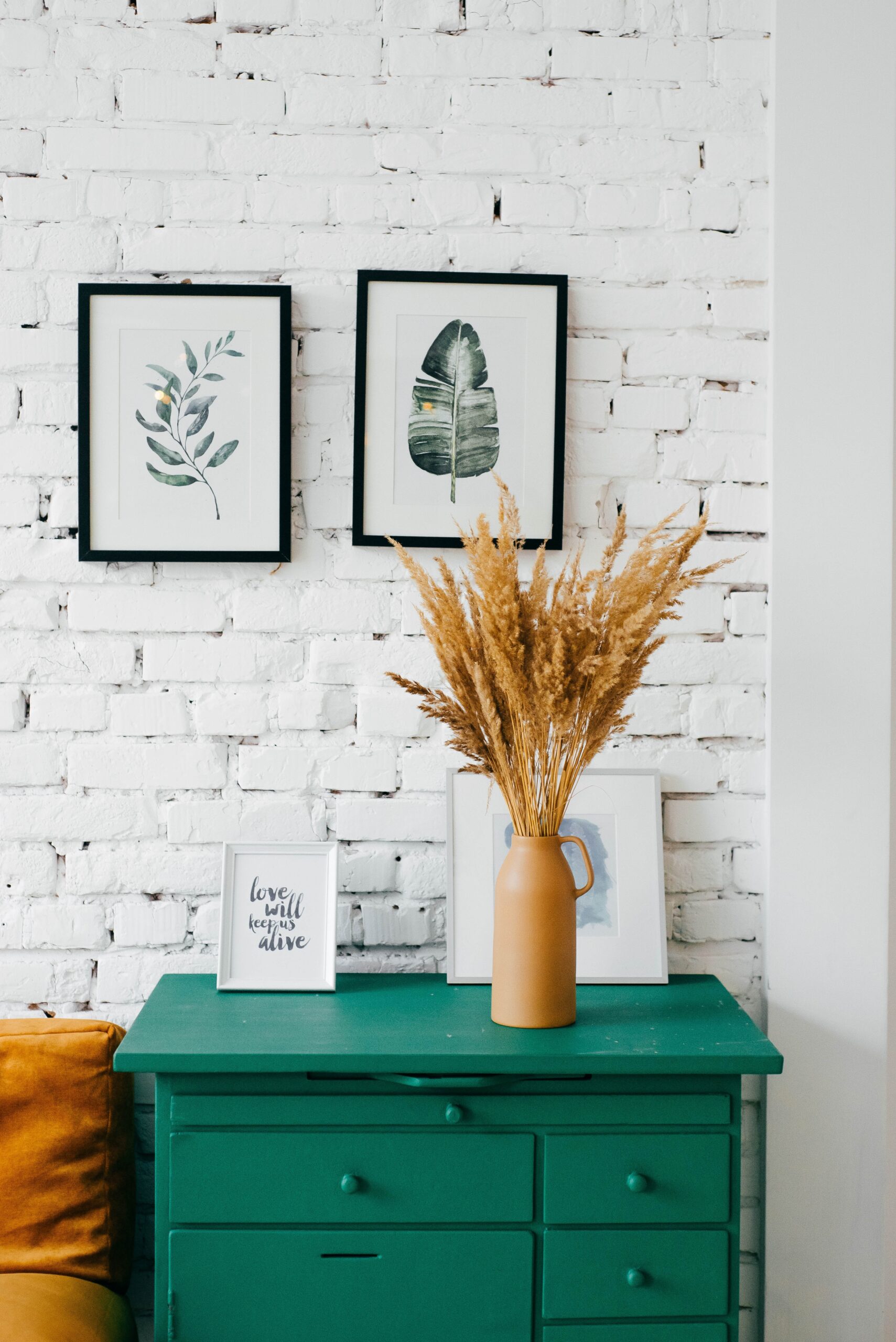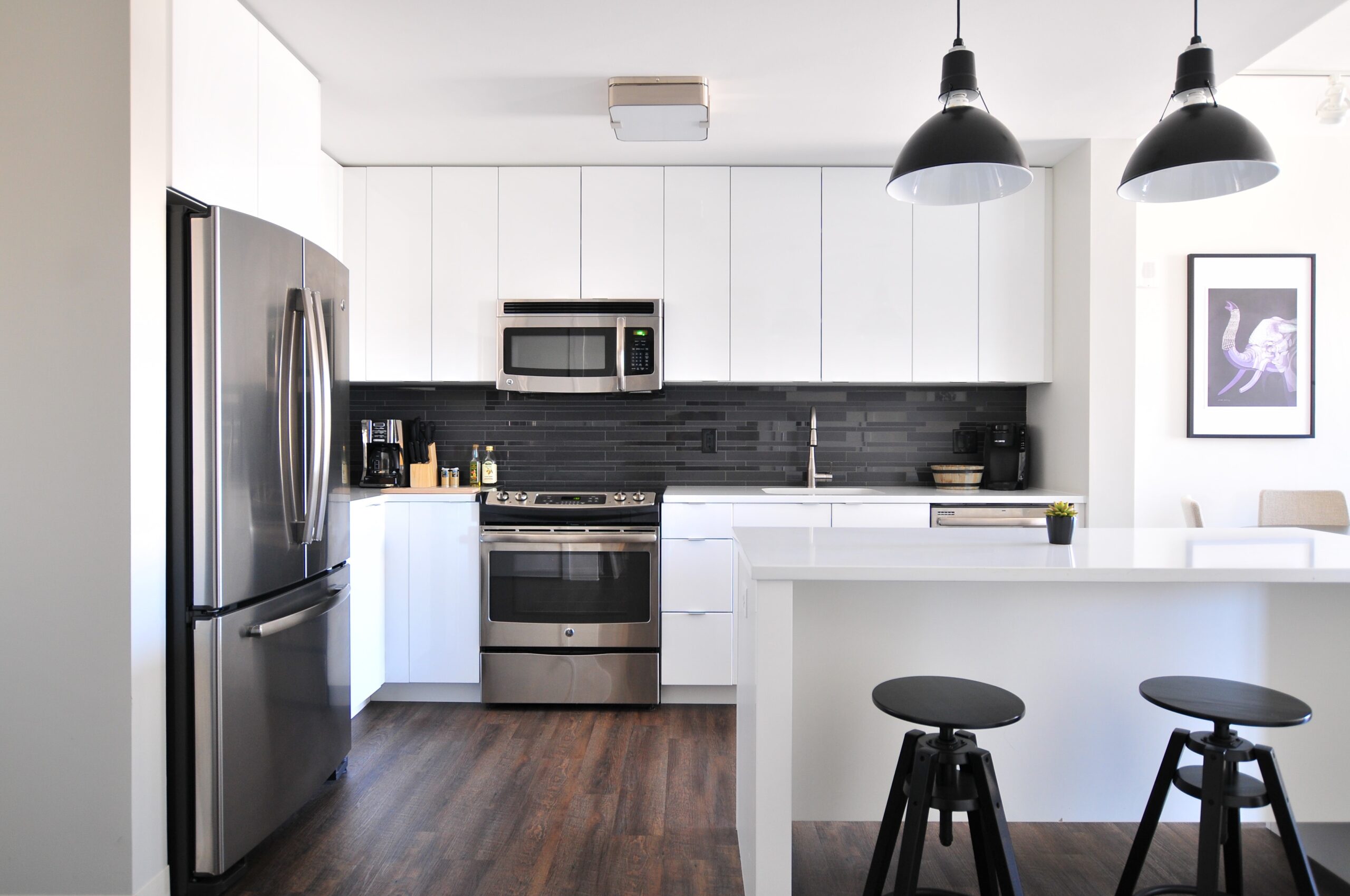Welcome to our Local Eco-Friendly Interior Design Services
Are you looking to transform your home into a sustainable and environmentally-friendly space? Look no further! Our local eco-friendly interior designer is here to help you create a beautiful, functional, and environmentally-conscious home.
Why Choose an Eco-Friendly Interior Designer?
Designing an eco-friendly home goes beyond just aesthetics. It’s about making conscious choices that have a positive impact on the environment and your overall well-being. By working with an eco-friendly interior designer, you can:
- Reduce your carbon footprint: Our designer will help you choose sustainable materials and energy-efficient appliances that minimize the environmental impact of your home.
- Create a healthy living environment: We prioritize the use of non-toxic and natural materials, ensuring that your home is free from harmful chemicals and promotes better indoor air quality.
- Save money in the long run: Energy-efficient designs and sustainable choices can help reduce your utility bills and maintenance costs over time.
- Support local artisans and businesses: We collaborate with local craftsmen and suppliers who share our commitment to sustainability, supporting the local economy in the process.
Our Approach to Eco-Friendly Interior Design
At our interior design firm, we believe that sustainable design should not compromise on style or functionality. Our experienced team of designers combines creativity and expertise to create spaces that are both visually appealing and environmentally responsible.
Here’s how we approach eco-friendly interior design:
1. Material Selection
We carefully select materials that are eco-friendly, durable, and responsibly sourced. From reclaimed wood to recycled glass countertops, we offer a wide range of sustainable options to suit your style and budget.
2. Energy Efficiency
We integrate energy-efficient solutions into our designs, such as LED lighting, smart thermostats, and high-performance insulation. These features not only reduce energy consumption but also create a more comfortable living environment.
3. Indoor Air Quality
We prioritize the use of low VOC (Volatile Organic Compounds) paints, sealants, and furnishings to ensure that your home is free from harmful toxins. This promotes better indoor air quality and a healthier living space for you and your family.
4. Waste Reduction
We aim to minimize waste during the design and construction process by repurposing materials and recycling whenever possible. Our goal is to create sustainable spaces that contribute to a circular economy.
Get Started Today!
If you’re ready to transform your home into an eco-friendly oasis, our local eco-friendly interior designer is here to help. Contact us today to schedule a consultation and let us bring your sustainable design dreams to life.
Note: While we primarily focus on residential projects, we also offer eco-friendly interior design services for commercial spaces. Please reach out to us for more information.


